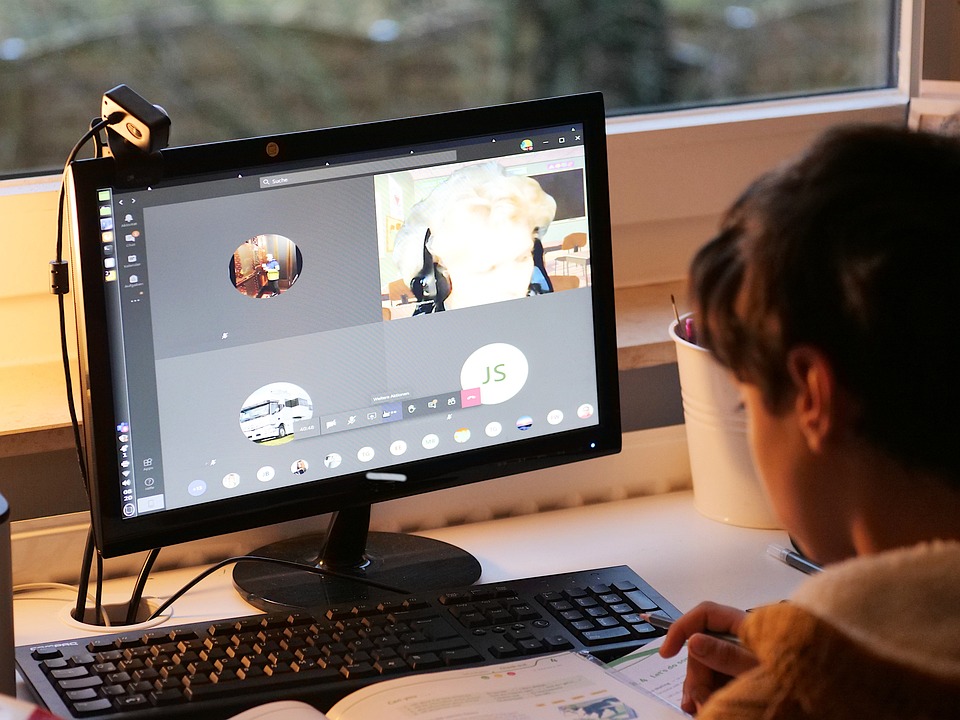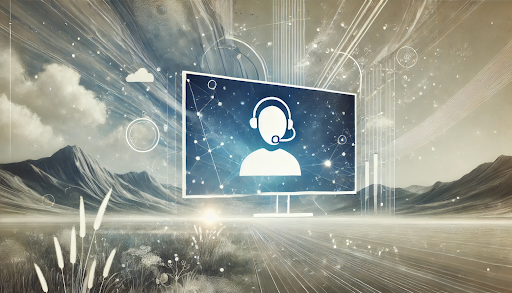Why the multiverse is devouring popular culture
“Oh, JAKE,” brett said, “we could have had such a damned good time together.” So writes Ernest Hemingway in “The Sun Also Rises”. “Ahead was a mounted policeman in khaki directing traffic. He raised his baton. The car slowed suddenly pressing Brett against me. ‘Yes,’ I said. ’isn’t it pretty to think so?’”
It is pretty to think so, and if Hollywood got its mitts on Hemingway’s oeuvre today, the story would not end with such aching futility. As the baton came down the scene would jump to another world, or timeline, where Brett and Jake—he, in this other reality, having dodged that emasculating war wound—are rolling in the hay, then (wave of the baton) another reality in which Brett, now a matador, is bringing a bull to its knees and then (this time a wave of her red cape) another where she is helping a wrinkled Cuban fellow in a tiny boat reel in a giant fish, with a heave from the Incredible Hulk and, inevitably, his chuckling buddy Thor.
It is a multi-splendoured thing, the multiverse: a science-fiction plot device that has been around for decades, yet has suddenly spread through cinema and television with the speed of Quicksilver and the ensorcelling power of Dr Strange (both © Marvel Entertainment). By combining characters and cultural references old and new, it can bind together grandparents, parents and children, as well as many brands and the most convoluted plots.
2023-06-22 08:46:55
Source from www.economist.com
rnrn

















